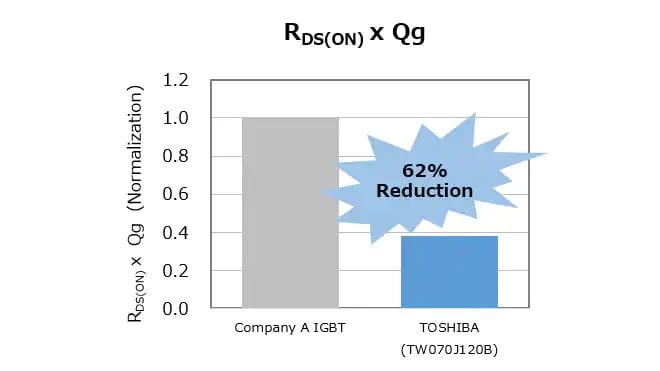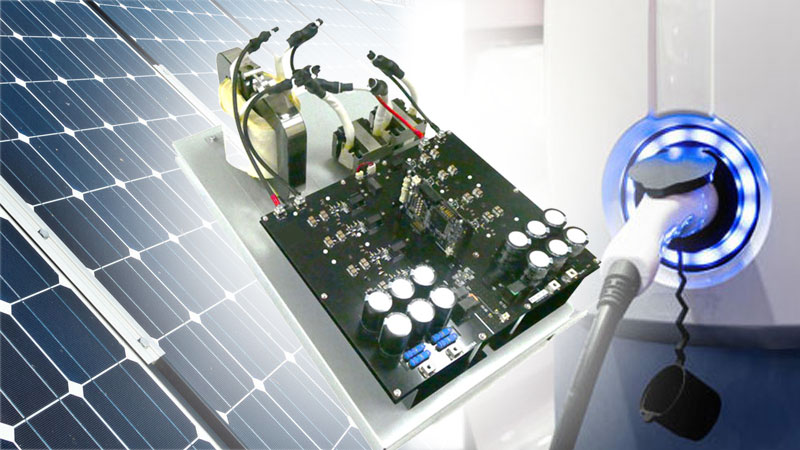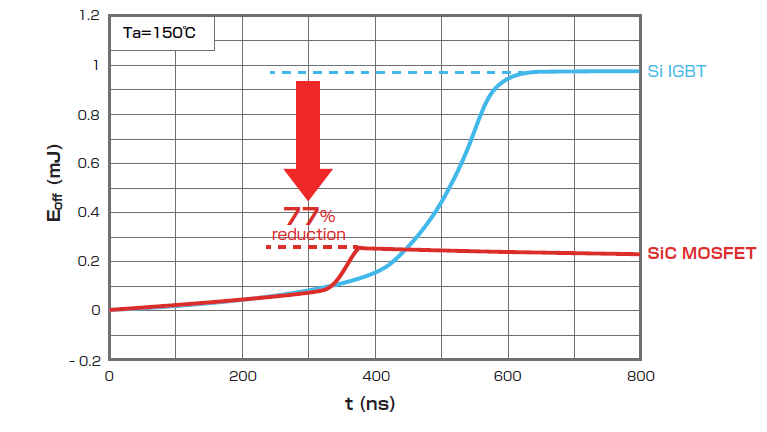- General Top
- SEMICONDUCTOR
- STORAGE
- COMPANY
-
My ToshibaSemicon
- Semiconductor Top
-
ApplicationsAutomotive
Body Electronics
xEV
In-Vehicle Infotainment
Advanced Driver-Assistance Systems (ADAS)
Chassis
IndustrialInfrastructure
BEMS/HEMS
Factory Automation
Commercial Equipment
Consumer/PersonalIoT Equipment
Healthcare
Wearable Device
Mobile
Computer Peripherals
-
ProductsAutomotive Devices
Discrete Semiconductor
Diodes
Transistors
Logic ICs
Analog Devices
Digital Devices
Wireless Devices
※
: Products list (parametric search)
Power SemiconductorsSiC Power Devices
※
: Products list (parametric search)
Isolators/Solid State RelaysPhotocouplers
Digital Isolators
Solid State Relays
Fiber Optic Transmitting Modules
※
: Products list (parametric search)
MOSFETsIGBTs/IEGTsBipolar Transistors※
: Products list (parametric search)
Diodes※
: Products list (parametric search)
MicrocontrollersMotor Driver ICsIntelligent Power ICs※
: Products list (parametric search)
Power Management ICsLinear ICs※
: Products list (parametric search)
General Purpose Logic ICsLinear Image SensorsOther Product ICsOther Product ICs
※
: Products list (parametric search)
-
Design & Development
Design & Development
Innovation Centre
At the Toshiba Innovation Centre we constantly strive to inspire you with our technologies and solutions. Discover how to place us at the heart of your innovations.
-
Knowledge
Knowledge
Highlighted Topics
Further Materials
Other
- Where To Buy
- Part Number & Keyword Search
- Cross Reference Search
- Parametric Search
- Stock Check & Purchase
This webpage doesn't work with Internet Explorer. Please use the latest version of Google Chrome, Microsoft Edge, Mozilla Firefox or Safari.
require 3 characters or more. Search for multiple part numbers fromhere.
The information presented in this cross reference is based on TOSHIBA's selection criteria and should be treated as a suggestion only. Please carefully review the latest versions of all relevant information on the TOSHIBA products, including without limitation data sheets and validate all operating parameters of the TOSHIBA products to ensure that the suggested TOSHIBA products are truly compatible with your design and application.Please note that this cross reference is based on TOSHIBA's estimate of compatibility with other manufacturers' products, based on other manufacturers' published data, at the time the data was collected.TOSHIBA is not responsible for any incorrect or incomplete information. Information is subject to change at any time without notice.
require 3 characters or more.
2nd Generation Features of SiC MOSFETs
Since the dielectric breakdown strength of SiC (silicon carbide) is about 10 times as high as that of Si (silicon), SiC power devices can offer a high withstand voltages and low voltage drops. The on-resistance per unit area can be reduced in SiC devices compared with that of Si for the same withstand voltage.
Bipolar IGBT devices are commonly used as high-voltage transistors of 1000V or higher in Si. IGBT bipolar operation works with two types of carriers, electrons and holes, by injecting minority carriers, holes, into the drift layer, thereby lowering the resistance in the drift layer. However, the disadvantage of bipolar operation is the tail current generated at turn-off due to the accumulation of minority carriers, which increases turn-off loss.
On the other hand, since SiC MOSFETs are a unipolar device that operates only with electrons even in high-voltage products, no tail current is generated, and compared to Si IGBTs, the turn-off loss is reduced. Therefore, SiC MOSFETs are capable of operation in the high frequency range, which is difficult with Si IGBTs, and passive component also contributes to design miniaturization.

Toshiba’s TW070J120B 1200V 2nd Generation SiC MOSFETs switches faster than a conventional silicon Si IGBT (low-gate input charges, etc.)

The TW070J120B offers low ON-resistance and a higher Gate Threshold Voltage (Vth) specification [2] to help prevent malfunctions. The wider gate-source voltage (VGSS) specification [1] supports easier design of gate drives.
[1] VGSS : -10 V to 25 V (for TW070J120B)
[2] Vth : 4.2 V to 5.8 V (for TW070J120B)




